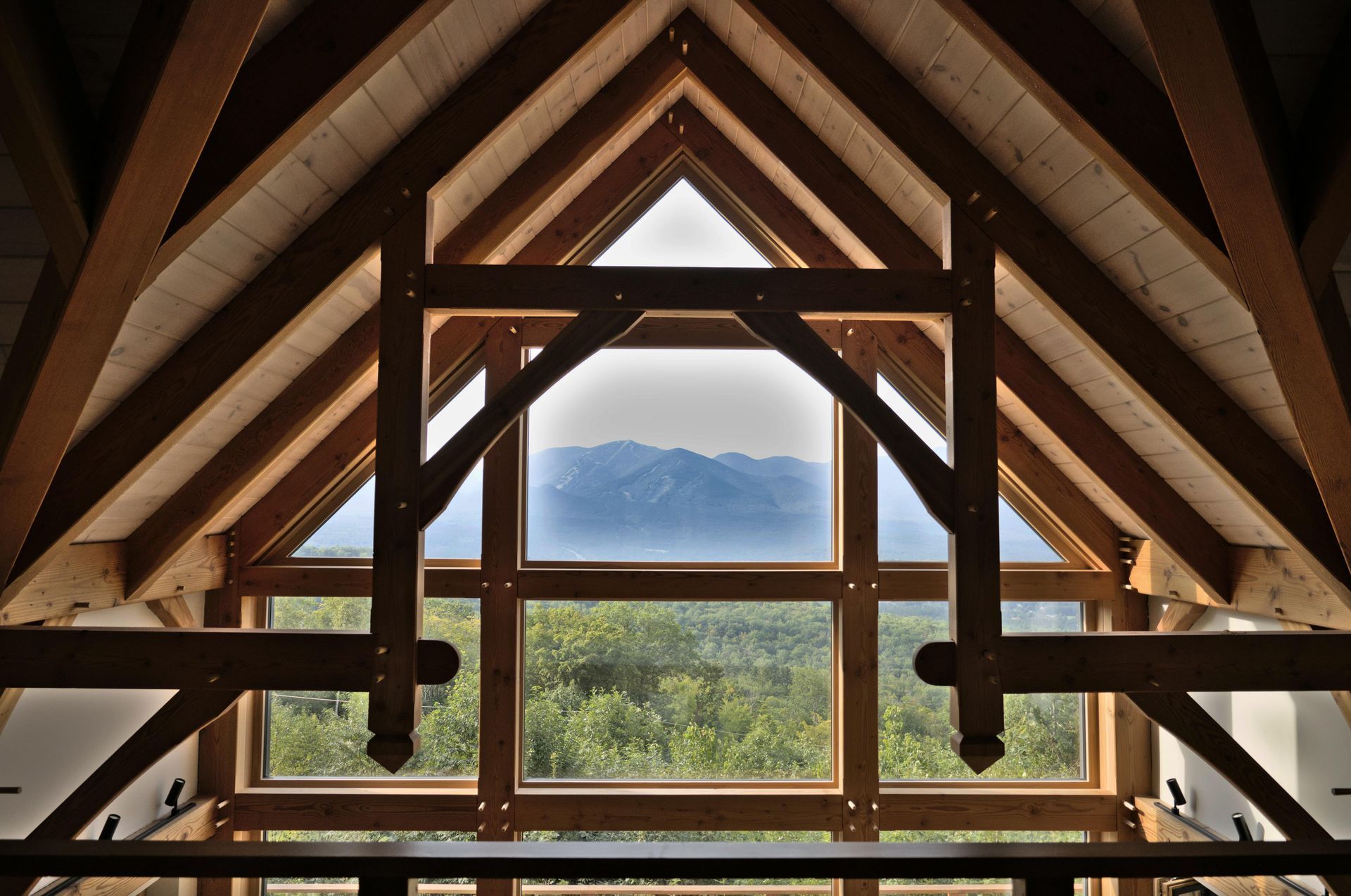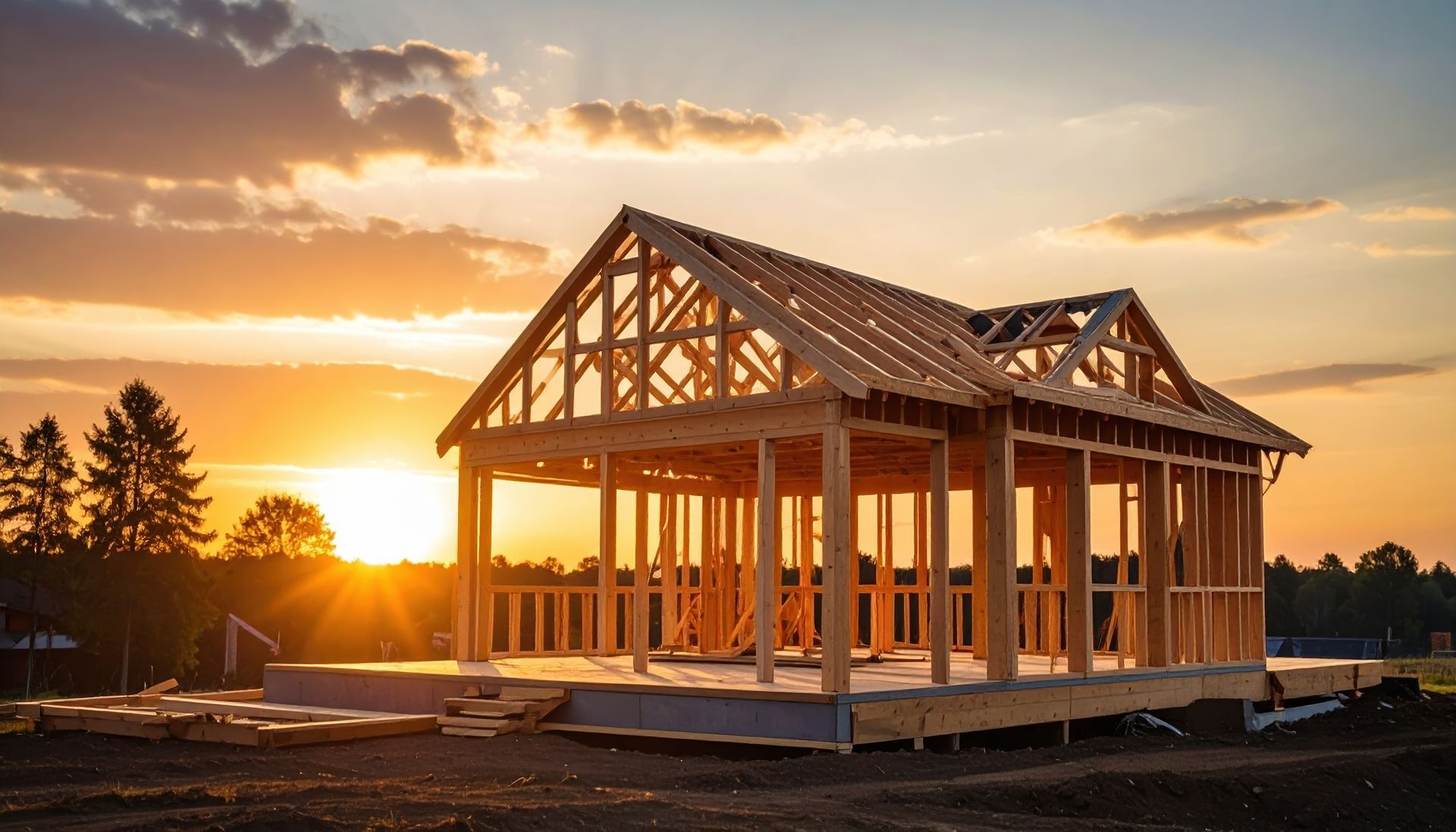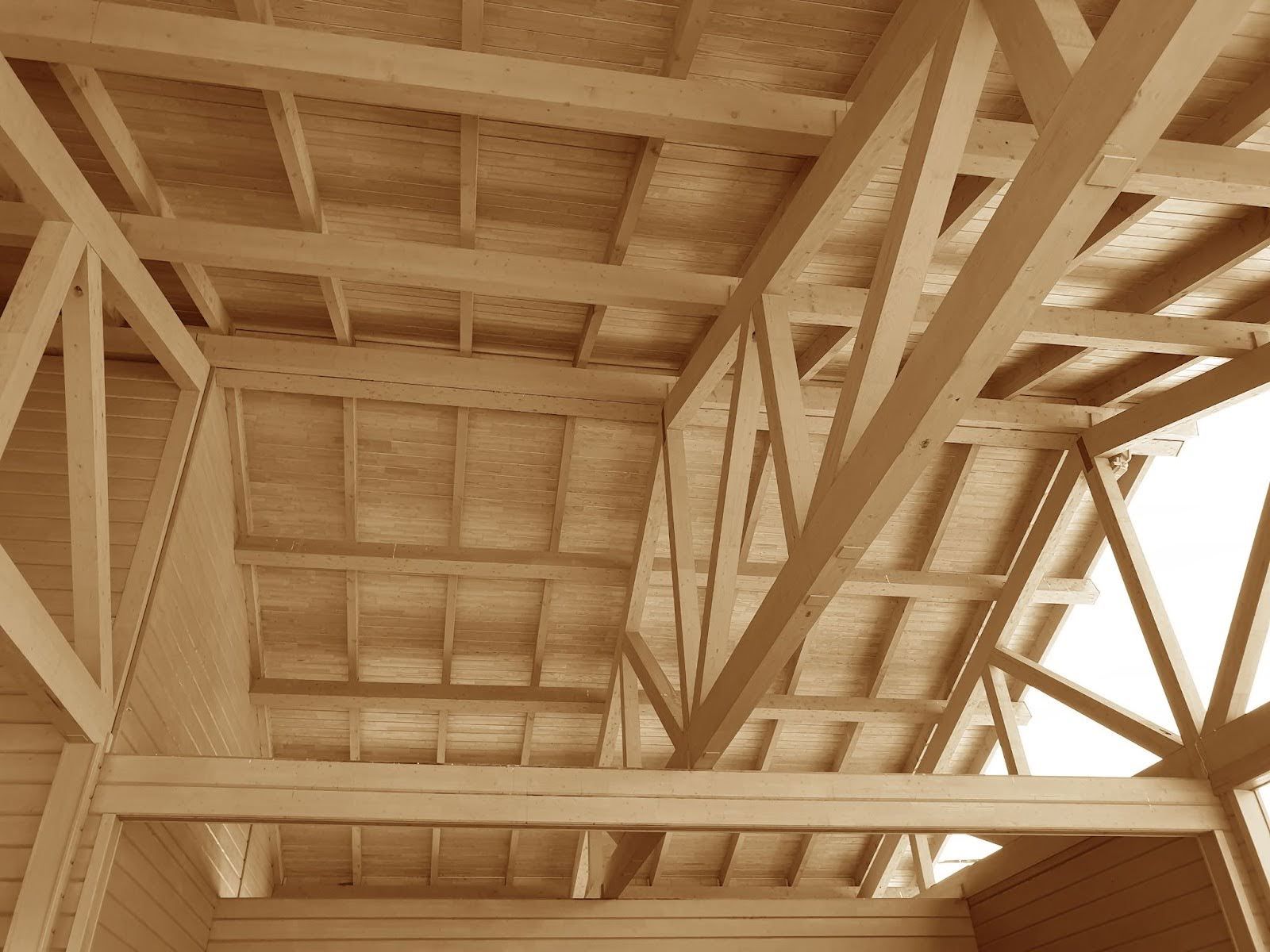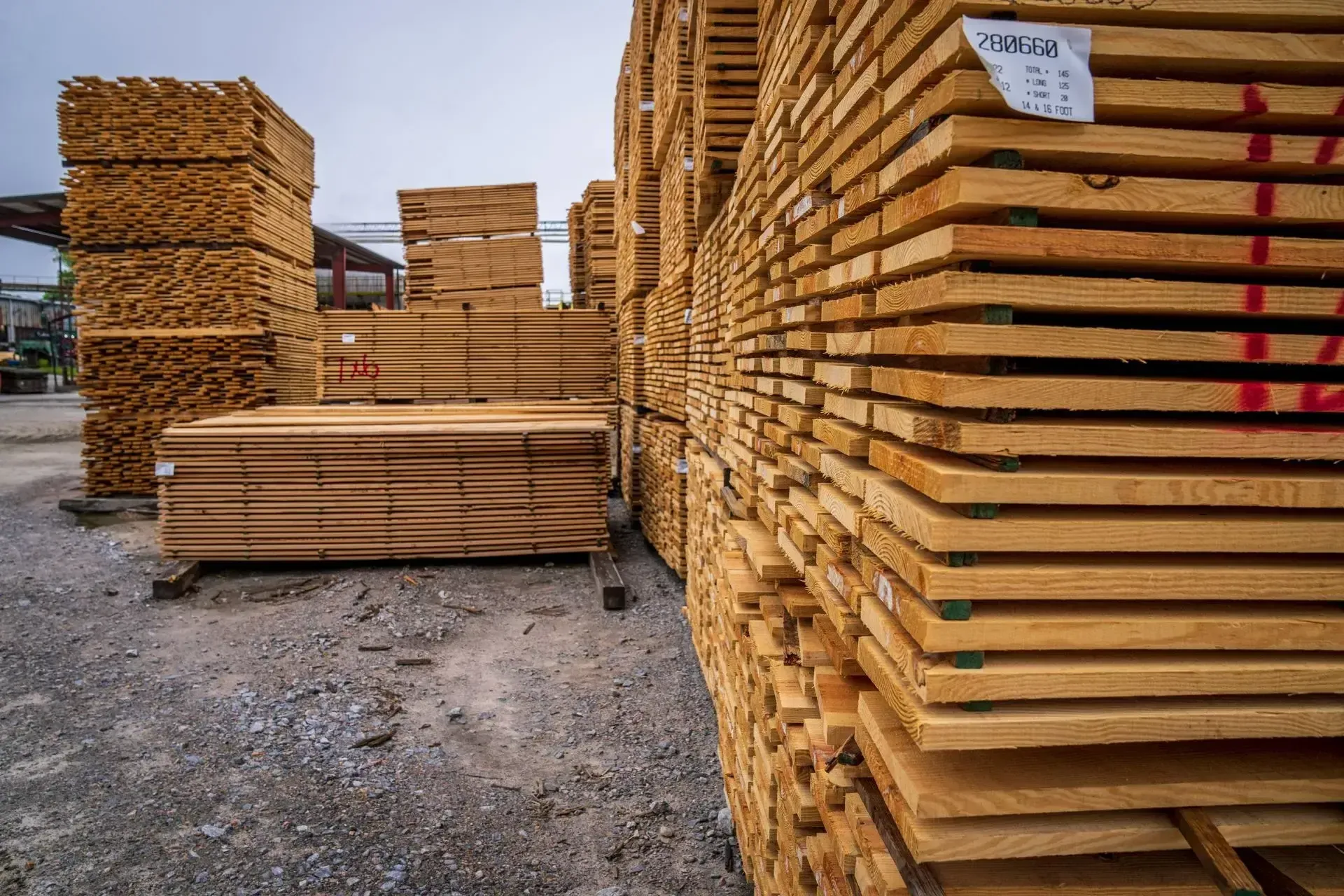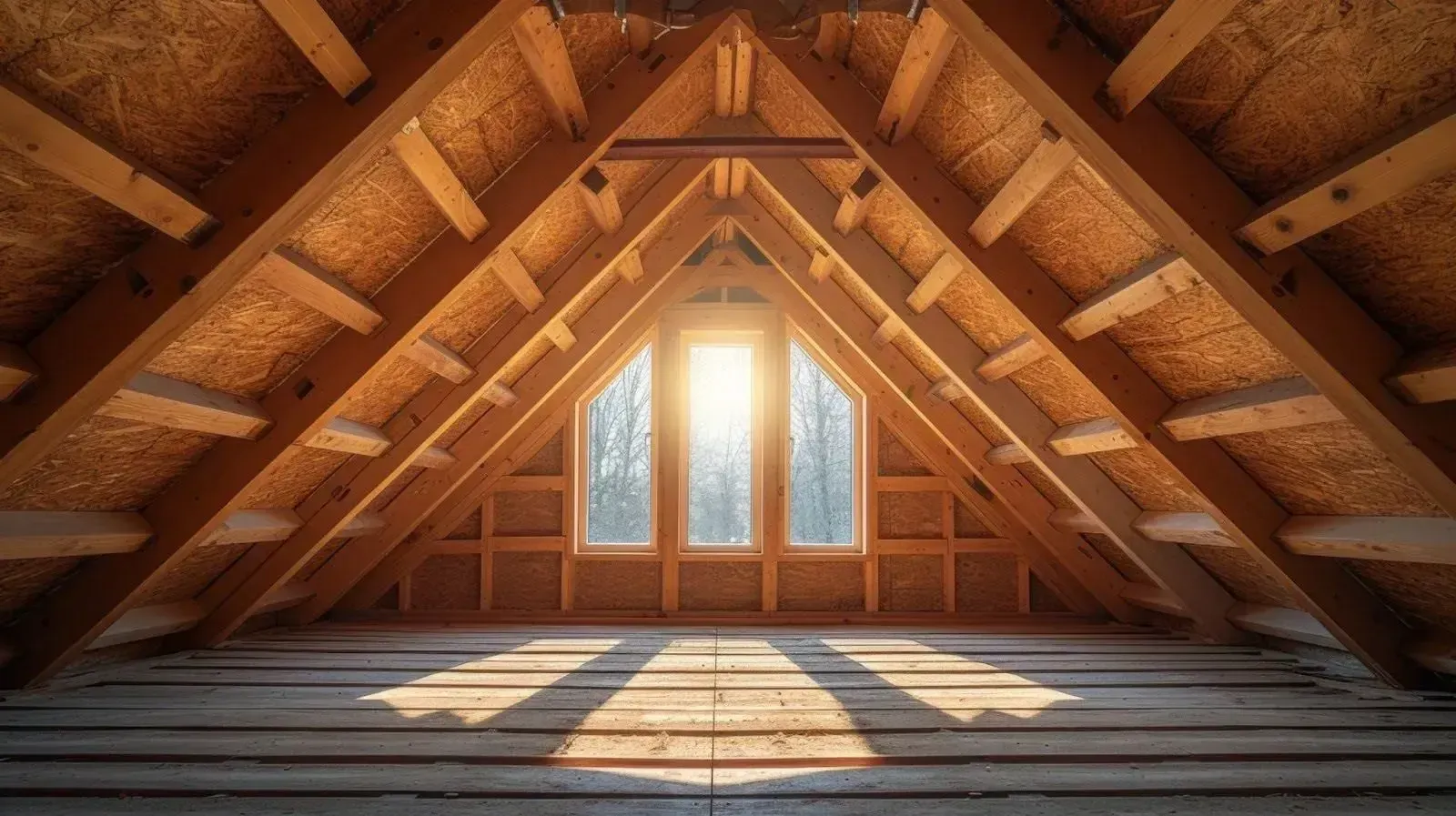Sustainable Building: Eco-Friendly Timber for Construction
The construction industry is increasingly turning to eco-friendly timber as a key component of sustainable building. This shift not only supports environmental conservation but also enhances the overall quality and sustainability of the built environment. Eco-friendly timber refers to lumber harvested in a manner that is responsible and sustainable, helping to minimize negative impacts on the environment. This article delves into the benefits of using responsibly sourced wood, the importance of certifications in identifying sustainable products, and the role of companies like Ramona Lumber Co. in fostering environmental stewardship within the industry.
Benefits of Responsibly Sourced Wood
Using responsibly sourced wood in construction projects offers numerous environmental, economic, and social benefits. Environmentally, it helps in maintaining biodiversity by ensuring that forestry practices do not lead to deforestation or habitat destruction. Economically, it supports sustainable forest management practices that contribute to the longevity of forest resources, which are vital for the future of the construction industry and local economies connected to forestry. Socially, sustainable timber production often involves fair labor practices and benefits local communities by providing jobs and sometimes even funding for schools and infrastructure.
Understanding Timber Certifications
Certifications play a crucial role in the sustainable timber industry by providing a transparent mechanism for verifying the environmental credentials of wood products. The most recognized certifications include the Forest Stewardship Council (FSC) and the Programme for the Endorsement of Forest Certification (PEFC). These certifications ensure that the wood comes from responsibly managed forests that provide environmental, social, and economic benefits. Builders and consumers should look for these certifications as a guarantee that the timber they use or purchase supports sustainable forest management.
The Role of Suppliers in Promoting Sustainable Timber
Suppliers like Ramona Lumber Co. are pivotal in promoting sustainable building practices. By choosing to stock and distribute certified eco-friendly timber, these suppliers make it easier for builders and architects to opt for sustainable materials. Furthermore, suppliers can influence the industry by educating their customers about the benefits of eco-friendly timber and the importance of certifications. This educational role helps shift the market towards more sustainable practices and materials.
Eco-Friendly Timber in Construction Applications
Eco-friendly timber is versatile and can be used in a wide range of construction applications, from structural framing to aesthetic elements like flooring and cabinetry. In each application, the choice of sustainable wood provides both functional and environmental benefits. For structural applications, engineered wood products like cross-laminated timber (CLT) offer strength and durability comparable to traditional building materials but with a much lower carbon footprint. For interior applications, sustainably sourced wood adds natural beauty and warmth, enhancing indoor environmental quality and overall building aesthetics.
Advantages of Timber in Green Building Design
Incorporating timber into green building design has several advantages beyond sustainability. Wood is a naturally insulating material, providing good thermal mass that can help reduce energy costs in buildings. It also has a lower embodied energy compared to other construction materials like concrete or steel, meaning that less energy is consumed in its production, transport, and installation. Additionally, wood is capable of sequestering carbon dioxide, thereby reducing the overall carbon footprint of a building.
Building a Future with Sustainable Timber
The future of construction lies in sustainable practices, and eco-friendly timber is at the forefront of this transformation. As the industry continues to evolve, the importance of choosing sustainable materials becomes increasingly clear. Not only does it require the commitment of suppliers and builders, but also the education and engagement of consumers who demand more environmentally responsible products.
By prioritizing the use of eco-friendly timber, the construction industry can significantly contribute to environmental stewardship and the fight against climate change. This commitment not only benefits the planet but also enhances the quality, performance, and durability of the built environment, ensuring that sustainable building practices are not just good for the earth—they are also good for the future of construction.
Embark on your journey towards more sustainable construction practices with Ramona Lumber. Our selection of eco-friendly timber is perfect for environmentally-conscious builders and homeowners alike. Make a positive impact on our planet with every project. Contact us to explore our sustainable lumber options and let's build a greener future together.
